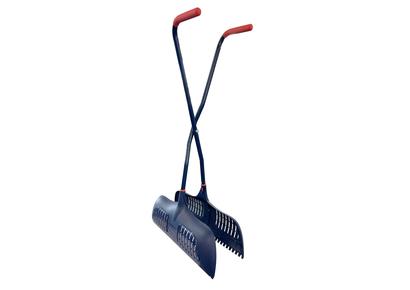
Summer pruning Wisteria
Wisteria is a beautiful climbing plant that produces cascading clusters of fragrant, colourful flowers. They are in the pea family, which means they use little nodules on their roots to capture nitrogen from the atmosphere. No wonder they grow so quickly!
Pruning is a crucial task to maintain abundant flowering while managing the size and shape of the plant. They are best pruned twice a year. Once in January or February, and once in June, July or August. Pruning now in summer helps to control the plant's growth, encourages flowering, and maintains its shape. Here are some tips on how to prune wisteria in summer:
- Cut back new growth: In summer, wisteria produces new shoots and tendrils that can quickly become unmanageable. Cut back these new growths to about six or seven leaves or buds from the main stem. This helps to contain the plant's growth and promotes the formation of flower buds.
- Remove dead wood: Prune out any dead or diseased wood, including stems and branches that show signs of damage or discoloration. This helps to prevent the spread of diseases and pests and promotes healthy growth.
- Cut back lateral shoots: Wisteria produces lateral shoots that grow off the main stem. These shoots can become quite long and unmanageable, making the plant look messy. Prune these shoots back to about six leaves or buds from the main stem, encouraging the plant to produce new lateral shoots.
- Train the plant: Wisteria needs to be trained to grow in the desired shape, such as against a wall or trellis. Now is an excellent time to train the plant, as the new growth is still pliable and can be easily trained. Use ties or wires to guide the plant's growth in the desired direction.
- Prune to maintain the plant's shape: Prune wisteria to maintain its shape and prevent it from becoming too large or unruly. Focus on cutting back the longest shoots and branches, leaving behind shorter, well-spaced stems.
- Deadhead spent blooms: After the wisteria has finished flowering, deadhead the spent blooms. This helps to encourage the plant to produce new flower buds and prolongs the flowering season.
- Consider a hard prune: If your wisteria has become too large or unruly, consider a hard prune. This involves cutting back the plant to its main stem, leaving behind only a few buds. A hard prune is best done in winter when the plant is dormant, but it can also be done in summer. However, keep in mind that a hard prune will result in little to no flowering the following year.
Pruning wisteria in summer is helps to control the plant's growth, encourages flowering, and maintains its shape. Focus on cutting back new growth, removing dead wood, training the plant, and pruning to maintain its shape. With a little care and attention, your wisteria will continue to bloom beautifully year after year.
The easiest way to remember is “2 in 2, 7 in 7”. That’s two buds in February, seven buds in July.


